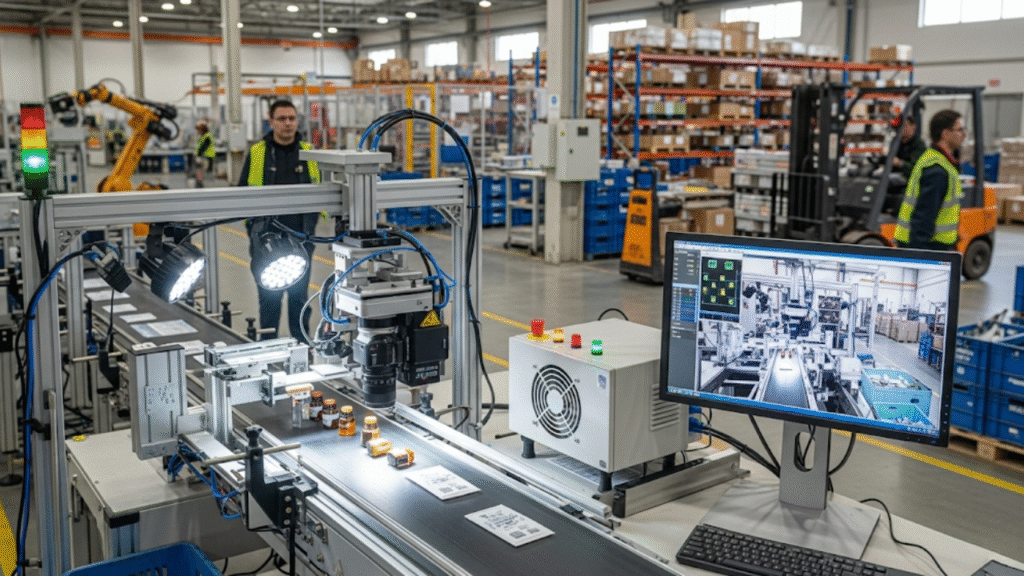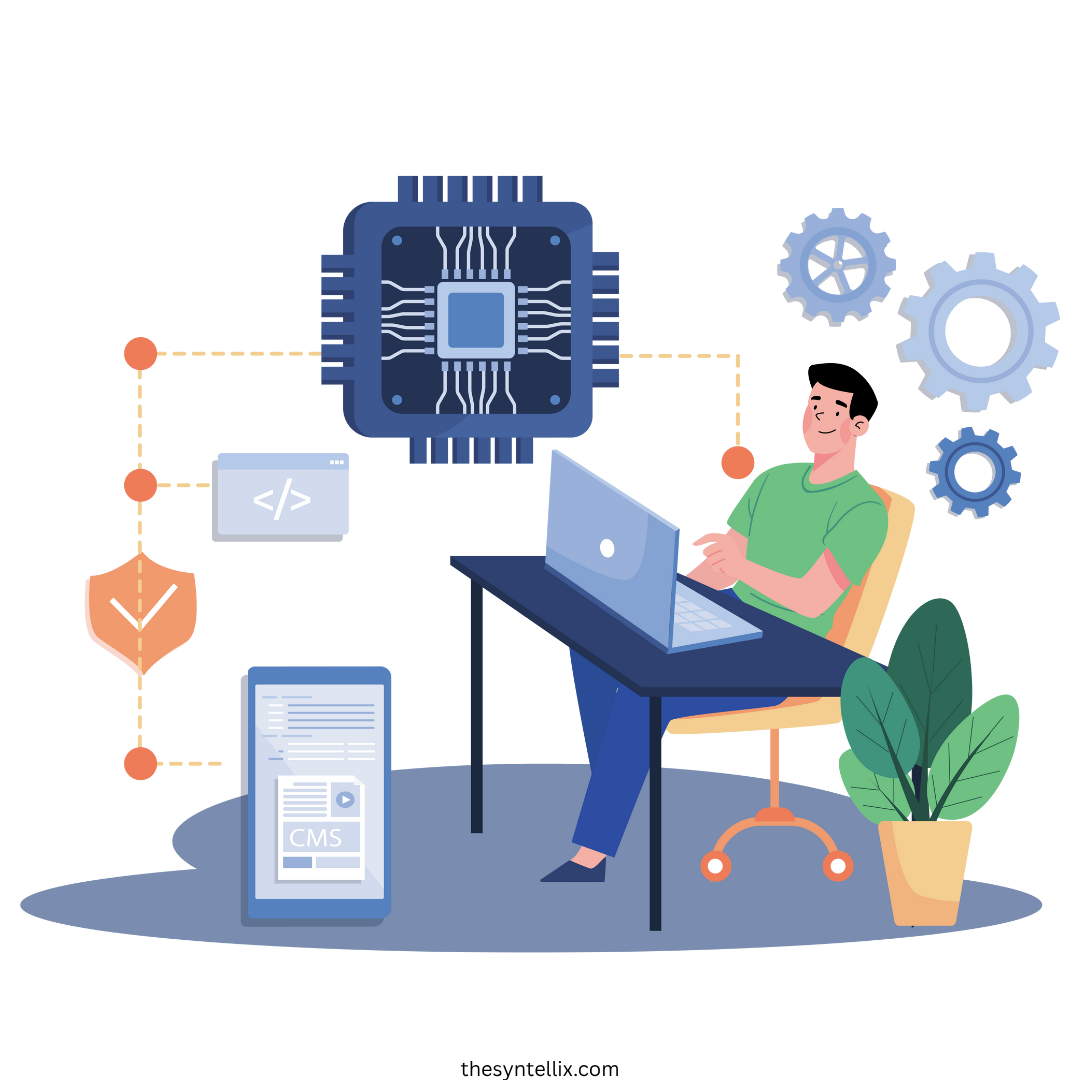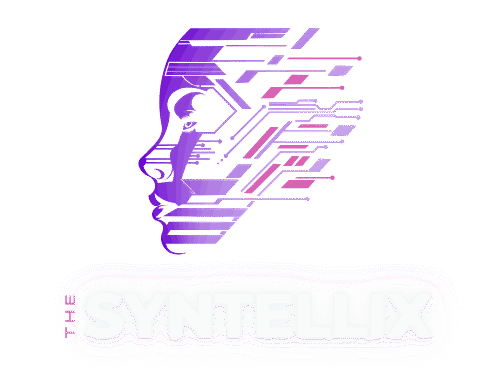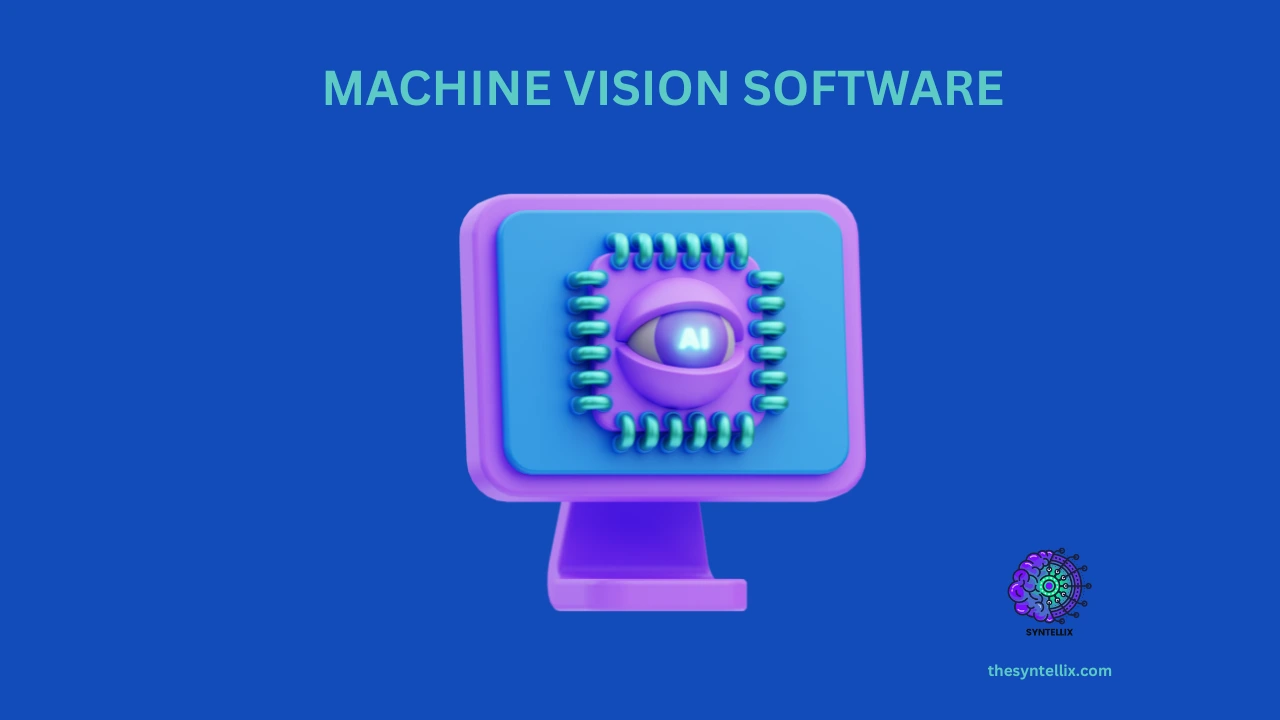Machine vision is a field that is transforming industries by giving computers the ability to see and understand images. For anyone looking to build a vision system selecting the right software is a first step. This review will explore the top commercial and open source options to help you choose the best tool for your project.
Commercial and Professional Machine Vision Softwares
These are powerful solutions designed for industrial and commercial use. They often come with dedicated support and are built for reliability in professional environments.

1. MVTec HALCON
HALCON is a comprehensive machine vision software with a large library of over 2100 operators. It is particularly strong in advanced applications like 3D vision and deep learning. Its development environment HDevelop is user friendly.
Pros: Powerful for complex tasks, supports various hardware.
Cons: Can be difficult to learn, a smaller community compared to open source.
2. Cognex VisionPro
Cognex is a leader in the industry. Its VisionPro software is known for its reliability and excellent deep learning capabilities. It simplifies complex problems even with limited training data. This tool works best with Cognex’s own hardware.
Pros: Ideal for deep learning, simplifies complex applications.
Cons: Can be costly, less flexible with third party hardware.
3. National Instruments Vision Builder AI and LabVIEW
National Instruments offers a unique visual programming approach. Vision Builder AI allows you to build a vision application without any coding. LabVIEW uses a graphical style for development. These are great for automation and integration with other devices.
Pros: Intuitive drag and drop interface, strong for automation.
Cons: Can be expensive, often requires specific hardware.
4. Basler pylon
Basler a well known camera manufacturer provides the pylon software suite. It offers an easy to use a drag and drop interface for image processing. Its a modular and affordable option that works perfectly with Basler cameras.
Pros: Cost effective, easy to use, great for Basler cameras.
Cons: Limited in functionality compared to other software.
5. Zebra Aurora
Zebra’s software is part of a larger ecosystem of business solutions. It is designed for quality control in manufacturing. It uses deep learning for highly accurate defect detection and provides real time processing.
Pros: High accuracy, real time processing, good for industrial use.
Cons: Mostly used within Zebra’s larger system.
6. Keyence CV-X Series
The Keyence CV X series is a complete system for high speed inspection and measurement. It has a powerful auto teach feature. This software is a good choice for demanding environments but may require a significant investment.
Pros: Fast and accurate, great for complex measurements.
Cons: Can be a high cost investment, works best with Keyence hardware.
7. SICK AppStudio
SICK AppStudio is part of the SICK AppSpace ecosystem. It allows developers to create custom applications using scripting and a graphical editor. It provides a good balance between configuration and programming.
Pros: Flexible for custom applications, good developer support.
Cons: Primarily tied to SICK hardware.
8. Robovision
Robovision provides a centralized platform for AI powered vision. It is a no code solution that simplifies the integration of AI into your workflow. It is easy to use even for those without a deep learning background.
Pros: Easy to use, highly scalable, no coding needed.
Cons: A relatively new player in the market.
Open Source and Library Based Tools
These are free libraries that are highly customizable. They are a favorite among developers researchers and hobbyists.
9. OpenCV
OpenCV is the most popular open source computer vision library. It contains over 2500 algorithms for various tasks. It is free and works on all major operating systems. It is also a versatile toolkit for everything from basic image processing to advanced object detection.
10. TensorFlow
While it is mainly a deep learning framework Google’s TensorFlow is also a powerful tool for computer vision. It is a go to for creating complex neural networks. It has a massive community and excellent documentation.
11. PyTorch
Developed by Facebook PyTorch is a flexible deep learning framework gaining immense popularity for vision tasks. Its dynamic computation graphs make it great for experimenting. It is intuitive to use and has a strong community.
12. MATLAB Computer Vision Toolbox
MATLAB’s Computer Vision Toolbox provides a comprehensive set of algorithms. It is widely used in academic and research settings for its ability to quickly prototype and visualize results. It is a commercial product with a high licensing cost.
13. scikit image
scikit image is a Python library for image processing. It is built on top of NumPy. It offers a range of algorithms for tasks like filtering and segmentation. It is easy to use and integrates well with other Python data science libraries.
14. OpenMVG
OpenMVG which stands for Open Multiple View Geometry is a C++ library focused on 3D reconstruction from images. It provides the necessary tools for creating 3D models from multiple pictures. It is highly specialized for 3D tasks.
15. Point Cloud Library (PCL)
PCL is an open source library dedicated to processing 3D point clouds. It contains algorithms for filtering feature estimation and surface reconstruction. This library is a key tool for robotics and other 3D applications.
Machine Vision Software Comparison Table
Here is a comparison table that summarizes the key features of the top machine vision software.
| Software | Type | Key Features | Best For |
| MVTec HALCON | Commercial | Extensive algorithm library, 3D vision, deep learning | Complex industrial applications and research |
| Cognex VisionPro | Commercial | Deep learning for defect detection, easy setup | Industrial inspection, manufacturing |
| NI LabVIEW | Commercial | Graphical programming, no code approach, hardware integration | Automation, test and measurement systems |
| Basler pylon | Commercial | Drag and drop interface, modular licensing | Beginners, applications using Basler cameras |
| Zebra Aurora | Commercial | Real time processing, deep learning | Industrial quality control and workflow optimization |
| Keyence CV-X | Commercial | High speed inspection, auto teach | Demanding, high volume production environments |
| SICK AppStudio | Commercial | Custom application development, Lua scripting | Tailored solutions on SICK hardware |
| Robovision | Commercial | Centralized platform, no code AI integration | Easy AI implementation and scaling |
| OpenCV | Open Source | Over 2500 algorithms, cross platform, huge community | General purpose computer vision development |
| TensorFlow | Open Source | Deep learning framework, pre-trained models | Developing complex neural networks |
| PyTorch | Open Source | Flexible framework, dynamic computation graphs | Research and development of new models |
| MATLAB | Commercial | Comprehensive algorithms, fast prototyping | Academic research and algorithm development |
| scikit-image | Open Source | Python based, built on NumPy, easy to use | Image processing and scientific computing |
| OpenMVG | Open Source | 3D reconstruction, multiple view geometry | 3D vision and photogrammetry |
| PCL | Open Source | 3D point cloud processing, robotics applications | Robotics, 3D sensing, and perception |
Conclusion
The choice between a commercial tool and an open source library depends on your project’s needs. For industrial applications where reliability and support are critical professional options like HALCON and VisionPro are the best choices. For developers and researchers who need flexibility and a lower cost open source libraries like OpenCV and TensorFlow are an excellent option.

Stay ahead of the curve with the latest insights, tips, and trends in AI, technology, and innovation.

